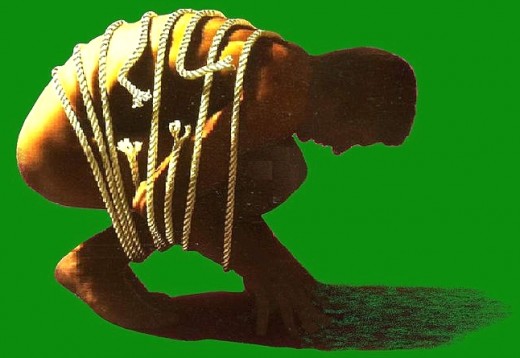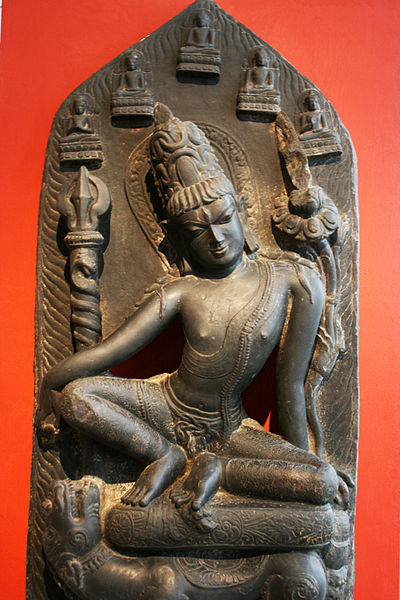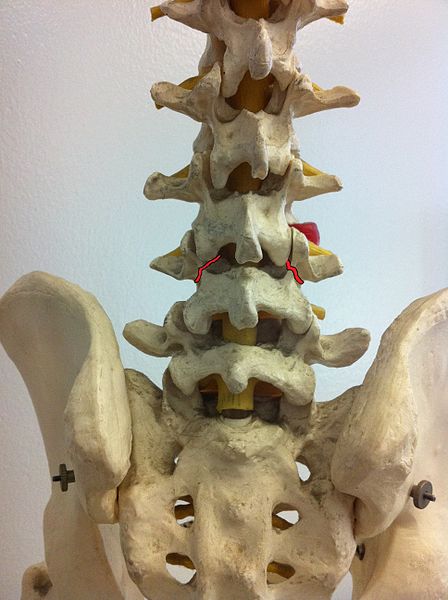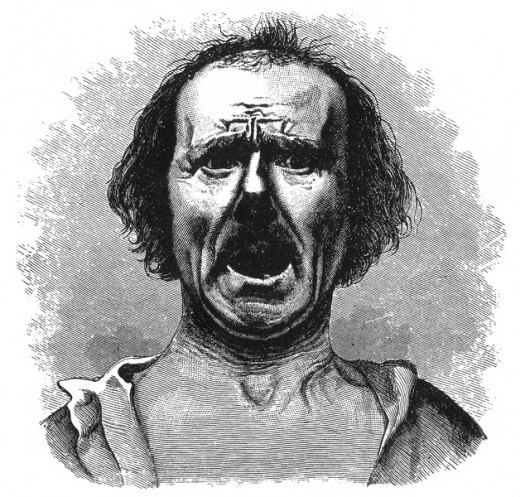Lower Back Pain Breakthrough, Antibiotics May Cure Forty Percent
In a startling discovery, that mirrors the cure found for stomach ulcers, researchers in Denmark have discovered the 20-40% of chronic lower back pain problems was caused by bacterial infections.
Their long term studies showed that rounds of antibiotics may provide a cheap and effective cure for 40% of chronic back pain conditions.
The dramatic finding means that huge numbers of lower back pain suffers will no longer have to undertake major surgical operations costing thousands of dollars, but can be cured cheaply with simple antibiotics.
Quite bizarrely, the bacteria responsible was mostly Propionibacterium acnes, which is a major cause of acne. In 1982, two scientists, Robin Warren and Barry Marshall, found the common and widespread bacteria Helicobacter pylori was the major cause of chronic gastritis and stomach ulcers that could be cured with antibiotics.
For many years no one believed them. The recent development of vaccines (Cervarix and Gardasil), for Human papillomavirus followed the discovery that this virus cause 70% of cervical cancers.
Spinal surgeons and health authorities have heralded the discovery of bacteria as a cause of lower back pain as worthy of a Nobel prize.
Read on to learn more about the findings, and what it means for chronic sufferers of lower back pain.




Back and Spinal Cord specialists known for a long time that infections do sometimes cause back pain, but they thought this was rare and isolated.
But the Denmark study found that 20-40 percent of chronic lower back pain was due to infections by bacteria.
This does not apply to people with very severe acute, or sub-acute pain that has other causes.
Their research, and two recent publications, is the culmination of 10 years of hard work.
Their first publications showed how bacterial infections occurring inside slipped discs can trigger painful inflammation and also cause tiny fractures in the vertebrae nearby.
The team remove samples from within the disc and showed that more than half showed bacterial infections. About 80% of the infected samples tested positive to the bacteria Propionibacterium acnes.
These bacteria appear to be out of place as they are normally found the hair follicles and even in the mouth in the cavities between teeth.
It is thought that these bacteria that cause acne of the face may enter the blood stream via teeth cleaning or other minor scratches in the mouth and body. Usually the bacteria cause no harm even inside the body.
However, it has been suggested that the inflammation and changes to the blood flow triggered by the damage of a slipped disc, may allow the bacteria and entry point into the disc tissue and vertebrae. As the bacteria grow and proliferate they appear to cause serious damage and inflammation to the vertebrae. The damage and infection can be seen using MRI scan.
In the second publication, the researchers demonstrated conclusively that the bacteria were the cause of the pain in many cases. In a randomised trial, that involved antibiotic treatment for 100 days, the drugs effectively reduced the pain in 80% of patients who had symptoms of damaged vertebra shown by MRI scans.
The research were quick to point out that the antibiotic treatment would not be effective all back pain and only applied to chronic pain.
Nevertheless the research is a major breakthrough means that many people can avoid having to undergo surgery that may be ineffective.
Antibiotic treatments are simpler, much cheaper and don’t involve risky interventions.
The researchers have disseminated their findings to the public and also to doctors to ensure that the right people get the correct treatment.
The conventional treatments for slipped discs require moderate to major surgery and associated risks.
A so called 'slipped disc' occurs when the soft cushions of tissue between the vertebrae gets squeezed out and start pressing on the nearby nerves.
Initially surgeons remove the protruding part of the disc or soft tissue. But in many cases, the damaged vertebrae have to be fused to stop pain. In some cases artificial discs need to be implanted.
The research breakthrough means that many sufferers of chronic back pain can look forward to cheap, effective and low risk treatments using antibiotics, and so avoid the expensive prospect of spinal surgery.